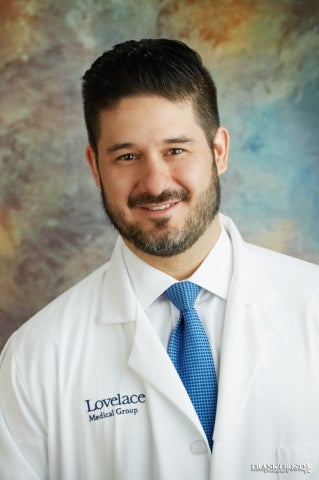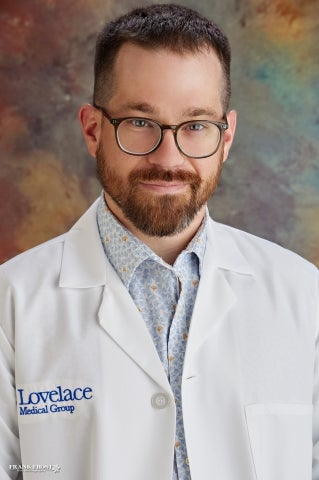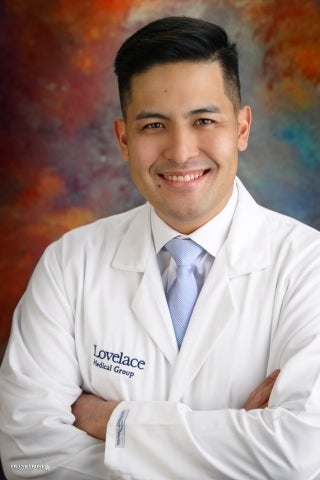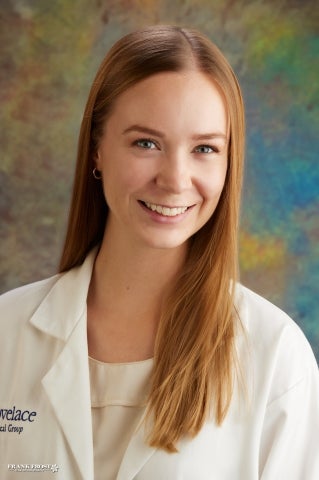Hernia

For more information on minimally-invasive robotic or traditional hernia repair, please call 505.727.2727.
A physician referral may be required.
About Hernias
A hernia often feels like a pulled muscle, but it is actually an internal organ or other body part that pushes through the muscle or tissue that holds it in place.
Most hernias happen in the groin area or abdominal cavity (the area between the chest and the hips). The most common types of hernias include:
- Inguinal and femoral hernias – Fatty tissues or a part of the intestine pokes into the groin at the top of the inner thigh. Inguinal hernias are more common in men, and femoral hernias mainly affect older women.
- Umbilical hernia – Fatty tissue or part of the intestine pushes through the abdomen near the belly button.
- Hiatal (hiatus) hernia – Part of the stomach pushes up into the chest cavity through an opening in the diaphragm (the muscle that separates the chest from the abdomen).
Hernias usually don’t go away on their own
Unfortunately, a hernia won’t get better over time. It can get larger, more painful and can cause serious complications, such as:
- Obstructions – Part of the intestine gets stuck, causing nausea, vomiting, stomach pain or a lump.
- Strangulations – Part of the intestine gets stuck in a way that cuts off the blood supply, requiring immediate, emergency surgery to prevent tissue death.
When to see a doctor
You should see a primary care provider if you have a painful or noticeable bulge. The bulge may be more noticeable when you're standing, and you can feel it if you put your hand directly over the affected area.
Treatment options
Surgery is the most common and successful way to repair a hernia, and most are minimally invasive outpatient procedures with short and easy recovery times.
There are three common procedures, which include:
- Open surgery – A cut is made and the protruding tissue is put back in place. The weakened muscle is then stitched back together.
- Laparoscopic surgery – Instead of a cut, tiny incisions are made to insert surgical tools to perform the procedure.
- Robotic hernia repair – This can be used for some smaller hernias, weak areas, or to reconstruct the abdominal wall.
Robotic Hernia Surgery
Blogs
- Albuquerque ranks among best places in the U.S. for robotic hernia surgery
- CEO of local Goodwill finds relief from robotic hernia surgery
- Robotic hernia surgery 'a blessing' for patient
- Patient back lifting weights after robotic hernia surgery
For more information on minimally-invasive robotic or traditional hernia repair, please call 505.727.2727.
A physician referral may be required.
Providers
Click on a provider to view more information



